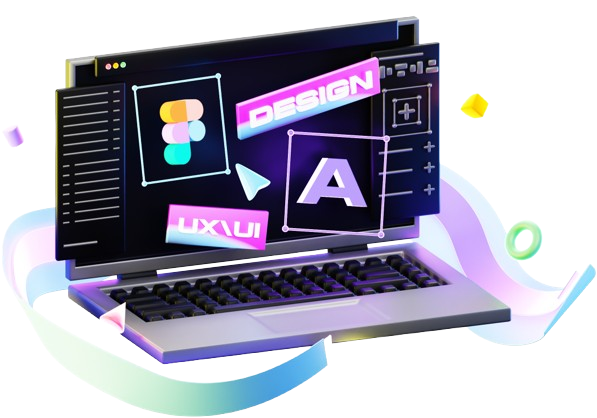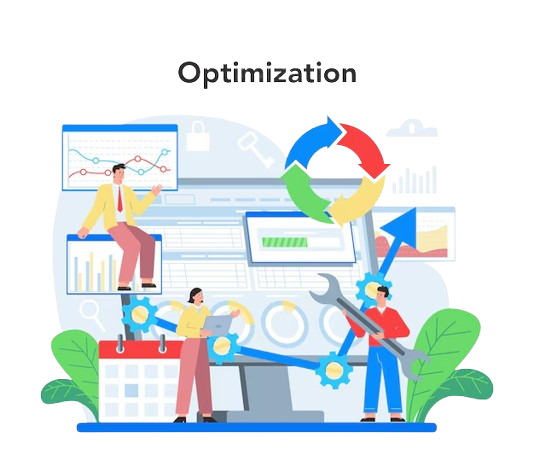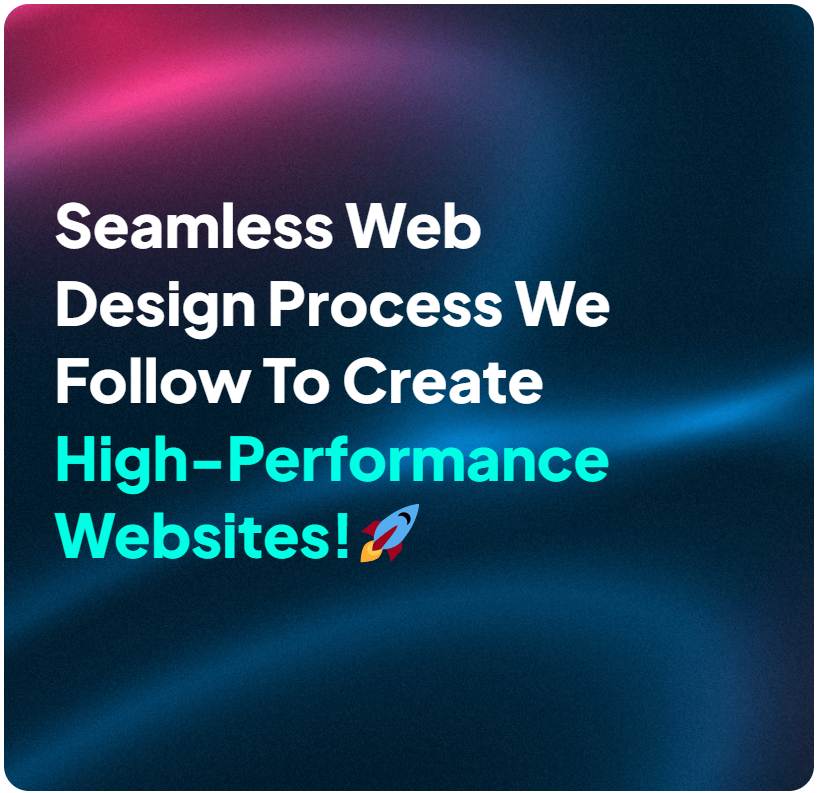
web Design Plan for Osm Technology
1. Project Initiation:
- Define the project scope, objectives, and deliverables in consultation with the client.
- Gather requirements, including target audience demographics, branding guidelines, and functional specifications.
- Conduct a kickoff meeting to align expectations, establish timelines, and assign responsibilities.
2. Research and Analysis:
- Conduct market research to understand industry trends, competitor websites, and user preferences.
- Perform a content audit to assess existing assets and identify gaps or opportunities for improvement.
- Analyze user personas and customer journeys to inform design decisions and enhance user experience.
3. Design Concept Development:
- Create wireframes to visualize the website layout, navigation structure, and key functionalities.
- Develop mood boards or style tiles to explore visual themes, color schemes, and typography options.
- Present design concepts to the client for feedback and iteration, incorporating revisions as needed to align with their vision and brand identity.


4. Visual Design and Prototyping:
- Translate approved design concepts into high-fidelity mockups or prototypes using design tools such as Adobe XD, Sketch, or Figma.
- Focus on creating visually appealing graphics, engaging multimedia elements, and intuitive user interfaces.
- Ensure consistency across different screen sizes and devices by designing responsive layouts and breakpoints.
5. Content Creation and Integration:
- Develop or refine website content, including copywriting, photography, and multimedia assets.
- Optimize content for search engines (SEO) and user engagement, incorporating relevant keywords and calls-to-action.
- Integrate content into the design framework, ensuring alignment with the overall aesthetic and usability goals.
6. Development and Implementation:
- Convert approved designs into functional web pages using front-end technologies such as HTML, CSS, and JavaScript.
- Implement back-end functionality, database integration, and content management systems (CMS) as needed.
- Conduct thorough testing across multiple browsers, devices, and screen resolutions to identify and resolve any issues or inconsistencies.
7. Review and Feedback:
- Present the developed website to the client for review and feedback, providing access to a staging environment or prototype for interactive testing.
- Incorporate client feedback and revisions iteratively, focusing on addressing usability issues, design preferences, and technical considerations.


8. Quality Assurance and Optimization:
- Perform rigorous testing to ensure the website is fully functional, accessible, and optimized for performance.
- Validate code compliance with web standards and best practices, including accessibility (WCAG), security, and performance optimization.
- Optimize website speed, loading times, and mobile responsiveness to enhance user experience and search engine rankings.
9. Launch and Deployment:
- Prepare the website for launch by configuring hosting, domain settings, and server environments.
- Conduct final pre-launch testing to verify functionality, security, and compatibility.
- Coordinate with the client to schedule the official website launch, including any promotional activities or announcements.
10. Post-Launch Support and Maintenance:
- Provide ongoing support, training, and documentation to empower the client to manage and update the website independently.
- Establish a maintenance plan for regular updates, security patches, and performance monitoring.
- Monitor website analytics and user feedback to identify opportunities for continuous improvement and optimization.
11. Evaluation and Feedback:
- Conduct post-project evaluation to assess the success of the web design process, including client satisfaction, adherence to project timelines, and achievement of project objectives.
- Solicit feedback from the client and project team members to identify strengths, weaknesses, and lessons learned for future projects.

12. Continuous Improvement:
- Document best practices, design patterns, and lessons learned from the project to inform future web design initiatives.
- Stay updated on industry trends, emerging technologies, and design innovations to continuously improve Osm Technology’s web design capabilities and deliver cutting-edge solutions to clients.
This web design plan provides a structured roadmap for creating visually stunning, user-centric websites that meet client objectives and industry standards. Adjustments can be made based on specific project requirements, client preferences, and evolving design trends.
Seamless Web Design Process💡
We Follow To Create High-Performance 💯 Websites!

Strategizing
Understanding your website requirements and aligning them with your business objectives is our primary focus.
Development
Our skilled developers breathe life into your vision by proficiently working on the CMS, coding, and server implementation.
Testing
Prior to the website's deployment on the live server, we rigorously test for any bugs or errors, ensuring a seamless user experience.
Maintenance and Support
Post-launch, we provide ongoing maintenance and support to ensure your website continues to operate flawlessly and meet your evolving needs.
